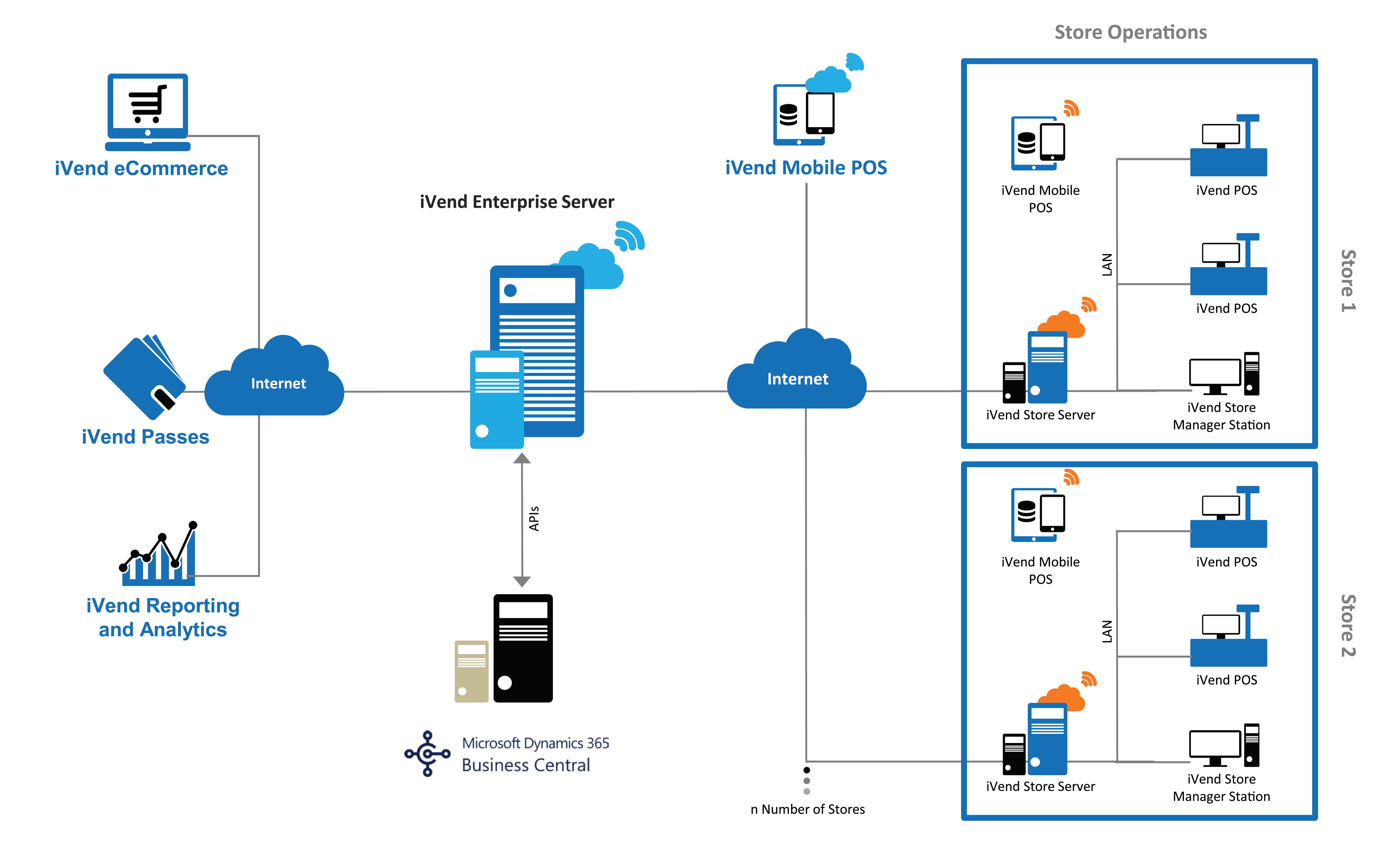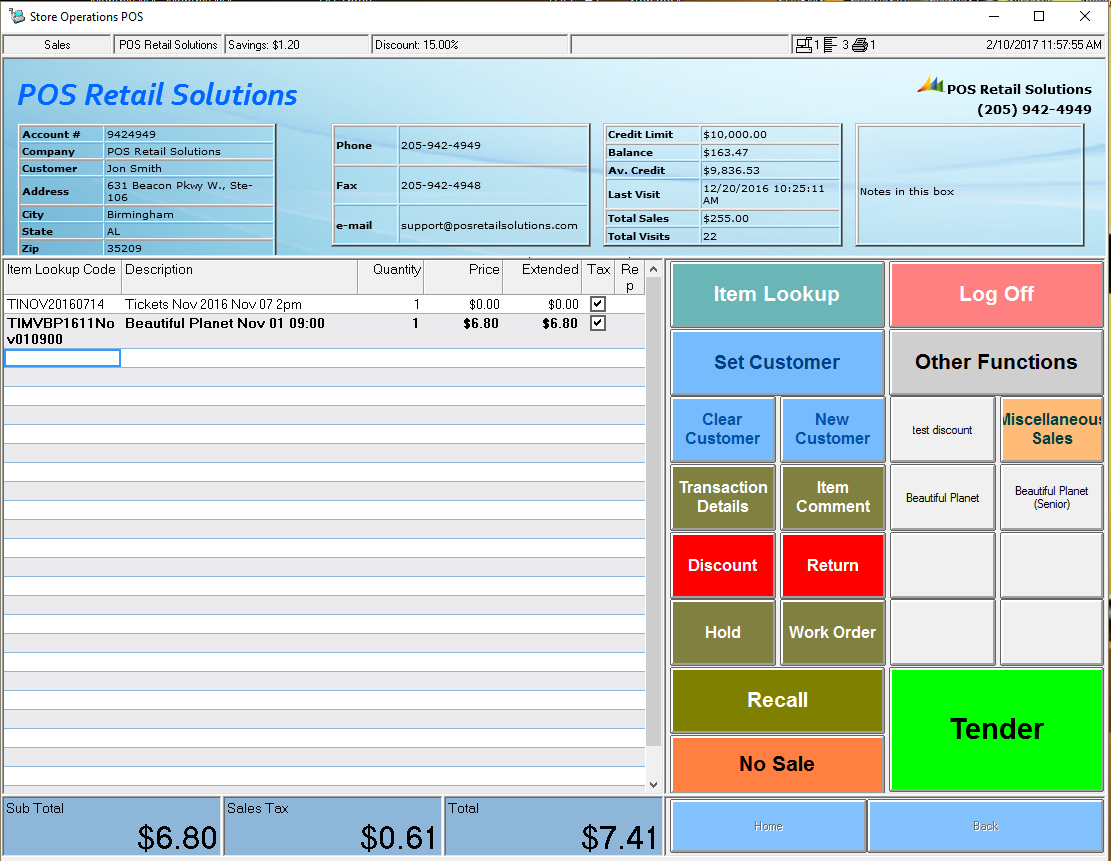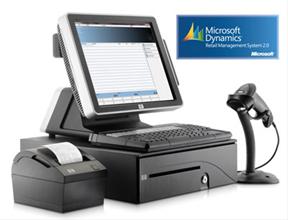
For example, brick and mortar store 1 could support all credit cards, cash and gift cards, where a call center location may only accept credit card payments. Retail > Channels > Retail stores > All retail storesĪfter setting up or changing your payment methods, you will now have to go into your store location and indicate the payment methods associated to that store as shown in Fig 4.Įach store or channel could have different payment methods that are valid. The Digits to identify will determine how many digits it will look for, starting from the beginning of the numbering schema, to determine validity. It will be important to make sure you do not pick 9 as the starting number for your card number from/to for Amex, or your card will not be valid when attempting to tender.

For example, it is known that American Express card numbers begin with 37 as their numbering schema.

Microsoft dynamics pos free#
If the card does not meet the criteria for numbering, it will not permit you to accept that card for that tender function.Ĭard number from/to and Digits to identify are free form fields and need to be entered accurately for the Card ID used. This is instrumental to setup properly as this is checked as part of the validation process when a card is swiped or keyed at POS. Last, but certainly not least, is to create card number ranges associated to the card types you will be taking in your retail channels as shown in Fig 3. Retail > Channel setup > Payment methods > Card numbers It is important to indicate the correct function based on the payment method being used as this will be key to support functions performed by your POS button functions. Default function is a drop-down selection that allows you to indicate the function that will be performed by that payment method. It is advisable to create some gaps in your numbering schemes in case you need to add a like one at a different time. Payment method, Payment method name are free from entry. This should be defined to support all channel types, which could include brick and mortar, eCommerce and Call Centers. Next step is to identify your payment methods to support the retail businesses as shown in Fig 2. Retail > Channel setup > Payment methods > Payment methods Once you have completed updating or adding your card types, simply click Save. For example, a few of the selection types could be Credit card, Loyalty card, Gift card, or Debit card. The field Card type is a drop-down selection that allows you to indicate the type of card your card type name refers to. The fields Card ID, Card type name, and Card issuer are free form text for you to enter. To accept forms of payment in your retail business, you must first determine the forms of payment you plan to accept, and set those up in a legal entity, starting with card types as shown in Fig 1 below.

Retail > Channel setup > Payment methods > Card types Outlined below are the key operations that need to be set up to activate your device and begin testing the results of your setup. Let us get started so you can get this completed and operational in a day. The list below are the key pre-requisites that are not covered in this blog and is expected to be setup prior to creating registers and devices. Once you try out the POS and realize what benefits an integrated POS system has, you will want to make this a part of your overall enterprise solution.
Microsoft dynamics pos full#
This objective is the bare bones minimum to get you to a single device activation, and not a full scalable rollout solution for your enterprise. The assumption with this configuration is that pre-requisites have been completed and you are ready to begin setup of a test POS unit in a day.

Microsoft dynamics pos Bluetooth#
The cPOS is a Cloud version that uses a mobile device such as a Surface or tablet to access the application and usually has a Bluetooth printer and card swipe unit. They often consist of the display, cash drawer, scanner, printer, and credit card unit with card swipe and pin pad. To make this clearer, the mPOS would look and feel like traditional POS units that are in most stores and what we are used to seeing. The solution is also available in a standard POS configuration, which is called mPOS, and a Cloud based configuration called cPOS. Microsoft Dynamics 365 for Retail has an integrated Point of Sale (POS) system that can be Cloud based or on premises.


 0 kommentar(er)
0 kommentar(er)
